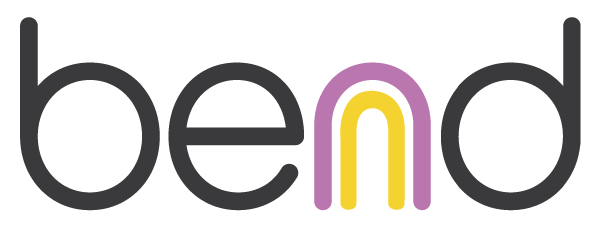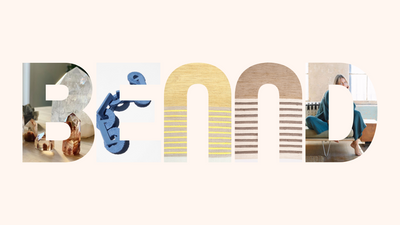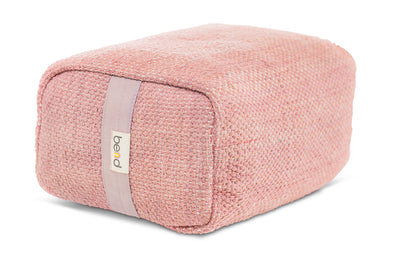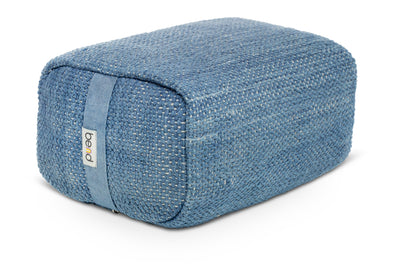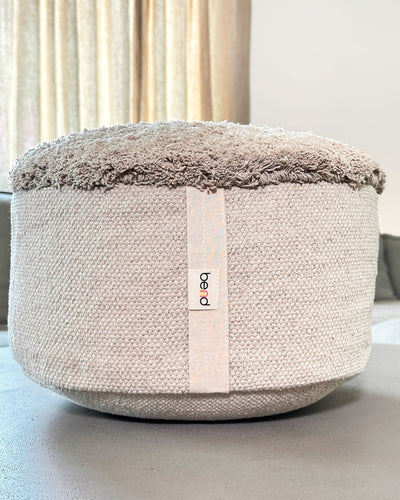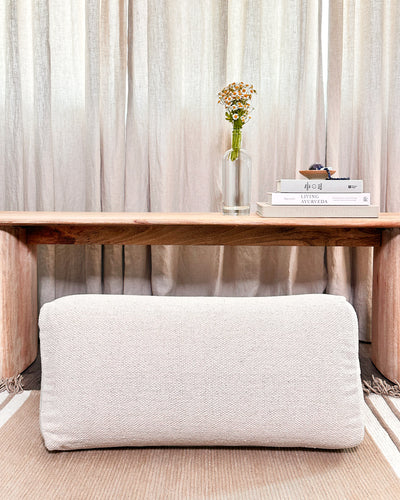Take Your Practice To The Next Level With These New Modern Yoga Blocks
Whether you’re a new practitioner or an experienced yogi with years of work under your belt, yoga blocks can be an essential tool for improving balance, boosting performance, and maximizing the results of your daily sessions. Among the most popular props used for both at-home and studio yoga practices, yoga blocks are sometimes viewed by yoga enthusiasts as a shortcut, or a way of cheating to achieve a pose that the body can’t quite hit without assistance. This couldn’t be further from the truth—in reality, yoga blocks are useful for yoga practitioners of all ability levels and age groups. While they’re useful for beginners, expert yogis can still benefit from using yoga blocks, especially all-natural options created with medicinal textiles and dyes like the ones we make here at Bennd.
Let’s run through why yoga blocks are so important.
What are yoga blocks?
Let’s get this out of the way first: yoga blocks are simply rectangular objects resembling bricks or small boxes that can be made from a variety of materials, including foam, wood, cork, and others. If you’ve spent any time at a yoga studio or gym, you’ve almost certainly noticed the use of yoga blocks already. They’re often used to support beginner practitioners who need a bit of help achieving a difficult pose, but advanced yogis use them regularly as well. In addition to making it easier to access new poses, experienced practitioners also use yoga blocks to improve their form and technique in certain poses, boosting the effects of those poses and helping improve flexibility and mobility. They can also help build upper body strength, improve body alignment, boost core power, and strengthen weak joints like your wrists or ankles.
How to use yoga blocks in your practice
Yoga blocks can be very useful in your day-to-day practice, adding depth to poses that may seem easy even without blocks. For example, the following poses can be enhanced with yoga blocks:
Child’s pose
Downward-facing dog
Standing forward fold
Lunge poses
Triangle pose
Try placing your yoga block under your feet, hands, head, and body in various poses to explore how they can help you increase flexibility and strength.

Many teachers also recommend using yoga blocks during meditation, which can help support a good posture and improve balance and breathing. Try sitting directly on your block with your legs on the ground, either crossed or folded underneath your body.
Lastly, yoga blocks are also great for improving core and abdominal strength. Try these simple core exercises with your yoga block:-
Superman: Laying on your chest, keep your legs together and straight behind you while reaching forward and out with your arms (making your body into a “Y” shape). Place a yoga block under each hand. For each rep, lift your arms, chest and legs off the floor.
-
Yoga block balances: With your block laying flat on its largest surface, stand on the block with one foot while the other floats above the floor. Flex your hip and leg muscles to raise your floating leg so that it hands directly level with your block foot.
-
Boat pose: An easy modification of a popular yoga pose for core strength, this exercise simply requires you to place the yoga block between your inner thighs and hold it there while you form your boat pose. Turn it into a powerful abdominal exercise by lowering yourself down to a “low boat” pose, then raising back up again. You should feel your core activating, along with the inner thigh muscles that are key for balance.
-
Leg lifts: These ab-rippers are a killer exercise for your core, and adding a yoga block is a great way to maximize their effects. Place the yoga block between your ankles/feet while you’re laying flat on your back, with your hands by your side or under your glutes for extra support. Keeping your legs straight and the yoga block squeezed between your feet, lift your legs from the floor until they are as close to perpendicular with the ground as possible. Be sure to keep your sacrum pressed flat on the ground and your legs together.
Boost your practice with all-natural yoga blocks from Bennd
We’re thrilled to announce that Bennd now offers our own premium yoga blocks made from 100% ethically sourced raw cotton and filled with organic buckwheat hulls, which offer incredible support for your yoga practice. Each Bennd yoga block is hand-loomed and dyed with medicinal compounds such as indigo and sappan wood.
The Indigo Yoga Block is infused with an array of 22 Ayurvedic herbs and medicines, helping support healthy immune and lymphatic systems. It also can help combat infection like the common cold and possesses antiseptic properties. Indigo is known to resonate with the Third Eye chakra, boosting creativity and strengthening intuition.

The Sappan Wood Yoga Block contains the same set of herbal remedies and medicines as the Indigo block, also helping to improve circulation and fight bacterial infection. Sappan wood, known for its antioxidant effects, is also thought to resonate with the Crown chakra, which controls connection, consciousness, awareness, and perception.
 Both yoga blocks can be customized with your choice of up to three intentions or mantras to be added to the stuffing.
Both yoga blocks can be customized with your choice of up to three intentions or mantras to be added to the stuffing.
